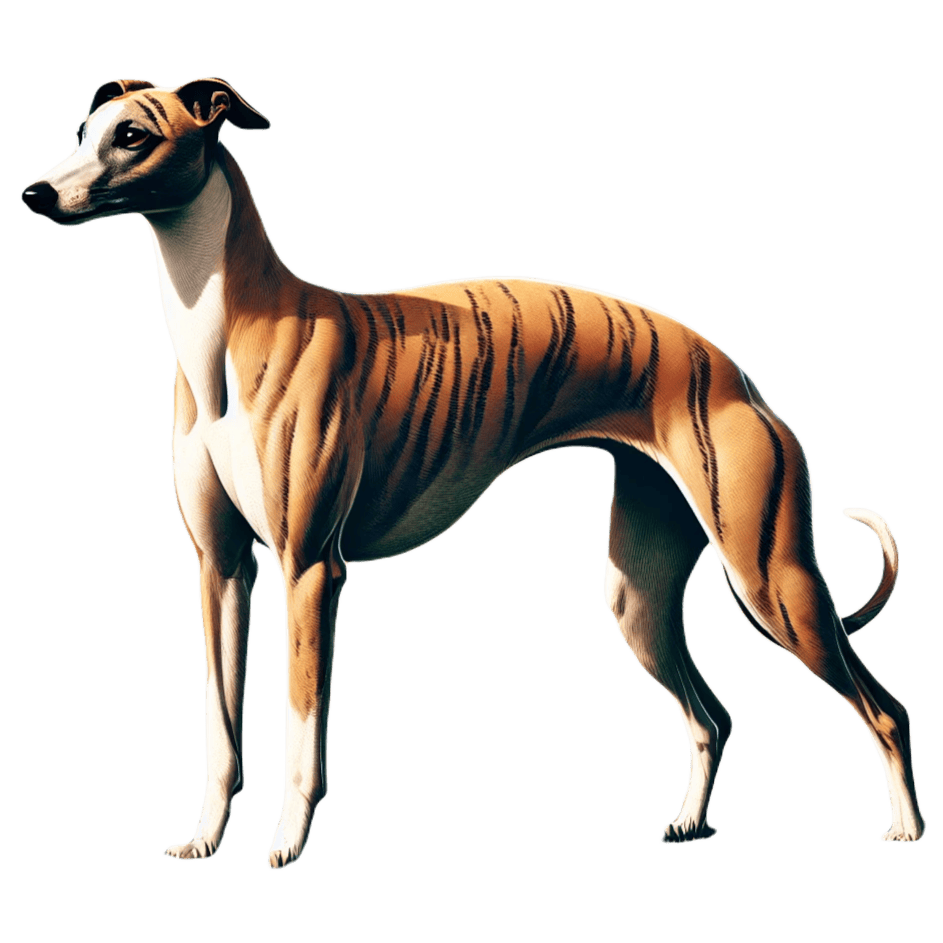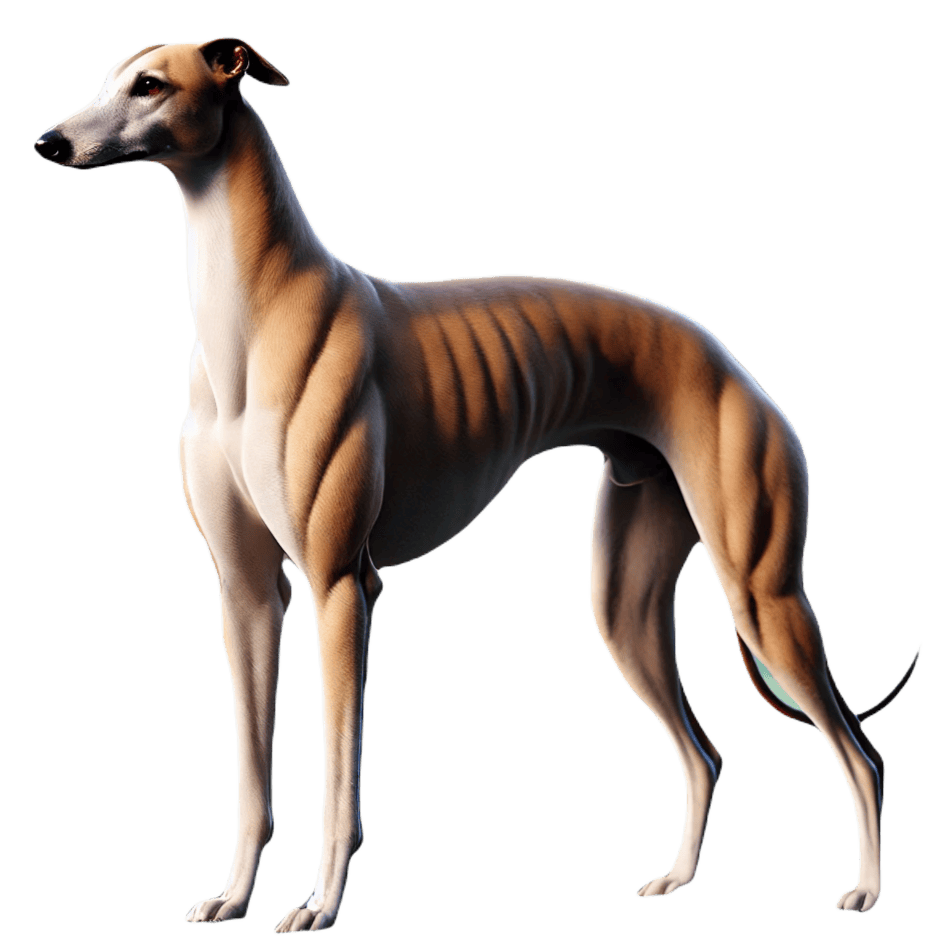CENTRAL ASIAN SHEPHERD DOG
A brief overview
Central Asian Sheepdogs, also known as CAOs, are classified as a molosser breed. Considered one of the earliest dog breeds, they originally performed defensive functions, protecting herds from predators. Today, these dogs are valued companions, effective watchdogs and successful in defense sports.
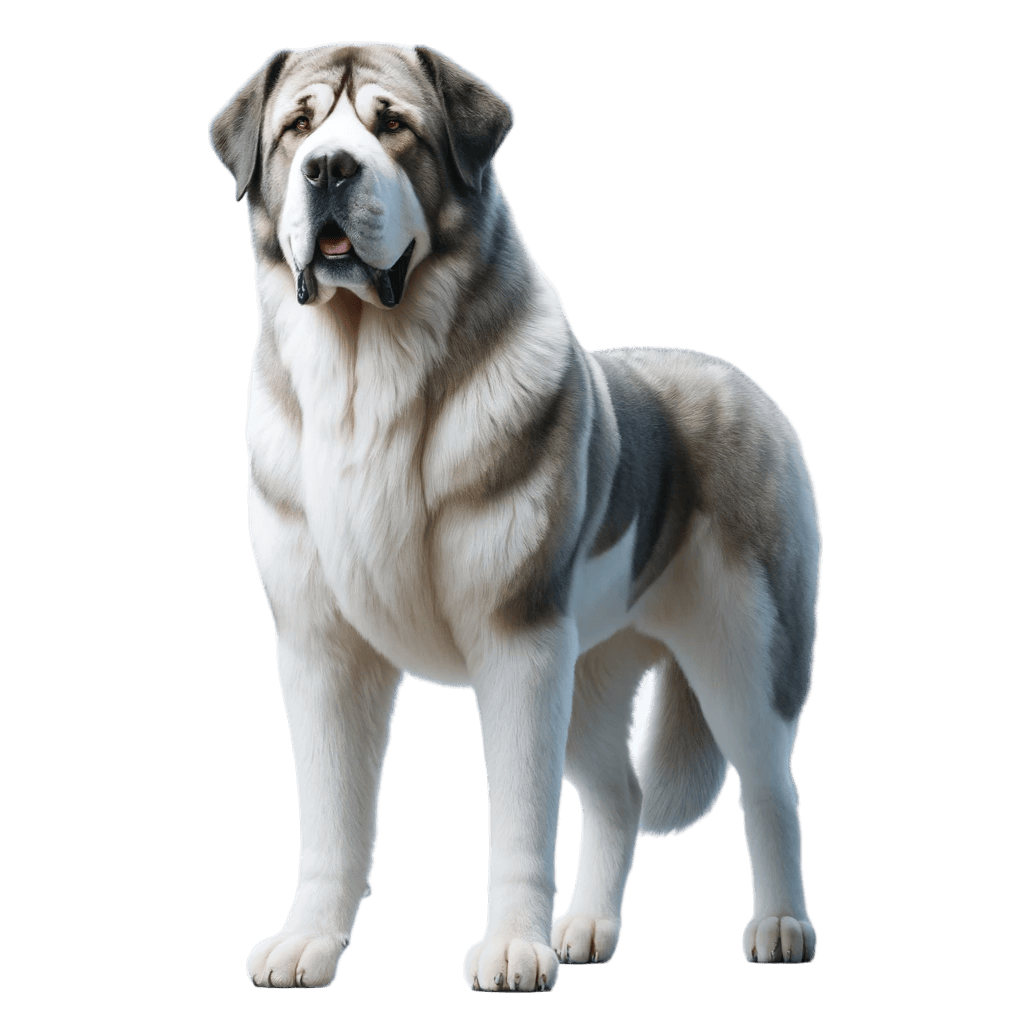
Table of contents
Country of origin
The dog originated in Russia.
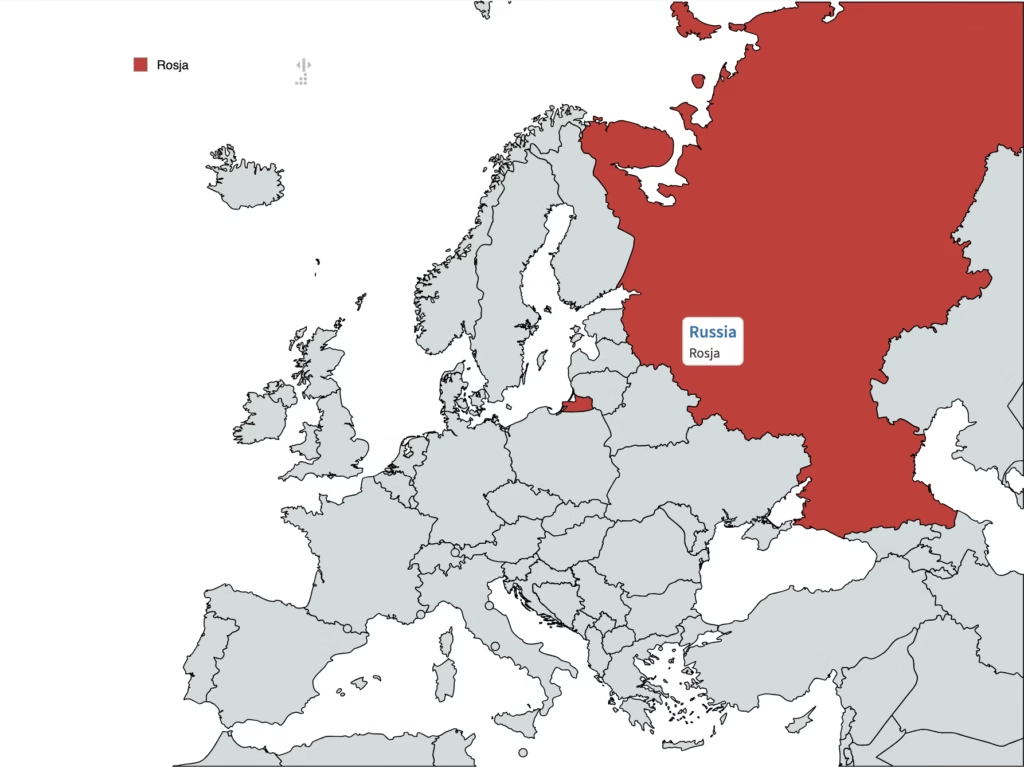
BREED CHARACTERISTICS
Weight
At least 50 kg for the dog, at least 40 kg for the bitch.
Height
At least 70 cm for the dog, at least 65 for the bitch.
Type of hair
Short or longer, in a variety of colors, except chocolate and blue.
Life expectancy
12 – 15 years.
Health
The breed is considered healthy.
Character
Calm, balanced, confident, with a strong territorial instinct.
Need for exercise
Regular exercise of moderate intensity.
FCI classification
Group 2 (pinschers, schnauzers, molossers and Swiss cattle dogs), section 2.2 (mountain-type molossers).
Price
3,000 – 4,000 PLN, up to as much as 20,000 PLN (ZKwP).
History and origins
The Central Asian Shepherd is one of the oldest dog breeds, having evolved for more than 4,000 years. The area of its origin is considered to be from the Caspian Sea to China and from the southern Urals to Afghanistan. The Central Asian Shepherd is considered a descendant of the Tibetan Mastiff. These dogs were mainly used for guarding flocks and watchdogs. Breeding work on this breed began in the former Soviet Union in the 1930s. The breed came to Poland in the early 1990s.
Appearance and physique
The Central Asian Shepherd is a large, massive and harmoniously built dog. The trunk is strong, well-muscled, broad and deep, but the muscles are not clearly defined. The length of the trunk is slightly greater than the height at the withers. Males are more massive, with a larger head and more pronounced withers than females. The coat of the Asiatic comes in almost all colorings, except chocolate and blue. There is a short-haired variety (3-5 cm), with hair of equal length over the entire body, and a long-haired variety (7-10 cm), with hair forming a longer orifice, feathers behind the ears, on the tail, the backs of the forelegs and the breeches. The coat is dense, straight, with abundant undercoat.
Temperament and behavior
Central Asian Sheepdogs are dogs with a strong and independent character. They are known for their deep attachment to their guardians and family, but can be distrustful of strangers, making them excellent watchdogs. They tend to be balanced and calm, but can exhibit aggressive behavior toward intruders or other dogs, especially if they feel threatened. They are also characterized by their confidence, courage and lack of fear of large predators.

Training and activity
Central Asian Sheepdogs are highly intelligent, but tend to be stubborn and independent, which can make training challenging. They require an experienced and consistent handler. Central Asian Shepherds are not suitable for living in small apartments, they need space, preferably a large garden where they can roam freely. Regular long walks of moderate intensity are also essential for them.
Health and life expectancy
Central Asian Sheepdogs are generally considered a healthy breed, but they can be prone to some specific health problems specific to large dogs. The most common are hip and elbow dysplasia, osteoarthritis, and gastric dilatation and torsion. Another problem that can occur is heart disease (such as dilated cardiomyopathy), so regular cardiac checks are recommended. Asians are also more prone to eye diseases such as ectropion (protrusion) or entropion (retraction) of the eyelids and progressive retinal atrophy. They also have hereditary bullous epidermal separation (DEB). The life expectancy of these dogs is estimated at 12-15 years.

Care and custody
Grooming of the Central Asian Shepherd is not particularly demanding and mainly boils down to brushing him once a week. However, during the moulting period, these dogs may require combing even daily.
Diet and nutrition
Central Asian Shepherds are dogs with high nutritional requirements, mainly due to their body weight and activity level. However, they cannot be overfed, due to their tendency to become overweight and the occurrence of gastric dilatation and torsion. Feeding them twice a day is optimal. After a meal, it is important to restrict movement for 1-2 hours.
Maintenance costs
The cost of maintaining a Central Asian Sheepdog can be significant, mainly due to its large size. One of the main costs is food and the cost of veterinary prevention or possible treatment, which can be really high with such large dogs.
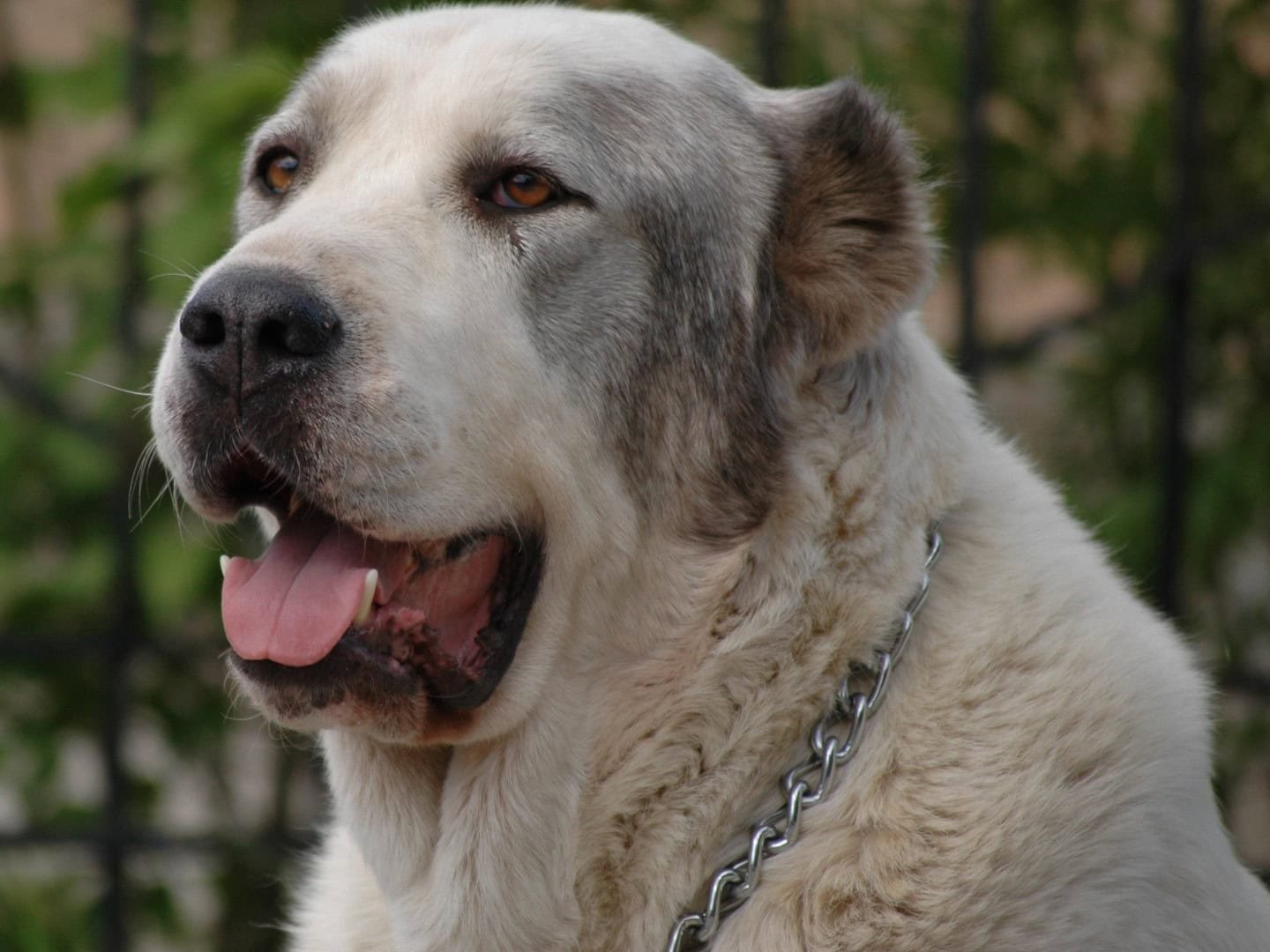
Buying or adoption
The decision to take a Central Asian Sheepdog under your roof should be very carefully considered. For less experienced guardians, a better option would be to buy a dog from a reputable kennel, from balanced parents and properly socialized already during puppyhood. For more experienced people familiar with the breed, adoption may also be a good option.
Own breeding
Breeding the Central Asian Shepherd requires a deep understanding of the needs of the breed. Careful selection of dogs for breeding is important. Breeders should perform health tests, such as hip and heart evaluations, and genetic testing for carrying the gene for the disease DEB, or bullous epidermal separation. Puppies must be properly socialized from their earliest days, which requires exposing them to a variety of situations, people and other animals. This will help them develop healthy social habits and temper their natural defensive instincts. It is also vitally important that breeders engage in educating future guardians of these large and demanding dogs. New owners should be fully aware of both the physical and behavioral requirements of Central Asian Sheepdogs, which will ensure that they are well cared for and properly raised.
Did you know?
Summary
Through the eyes of a behaviorist
Central Asian Sheepdogs are demanding dogs that in the wrong hands can not only cause problems, but can even be a danger to people and other animals. So they need responsible, consistent and knowledgeable guardians who know the needs of the breed. However, for conscious owners, ready to meet their physical and mental needs, they will be wonderful companions and protectors.
Through the eyes of a veterinarian
Central Asian shepherd dogs are prone to conditions characteristic of large breeds, such as hip and elbow dysplasia, osteoarthritis, as well as gastric dilatation and torsion. Veterinary prophylaxis is therefore very important, as well as weight control and attention to the appropriate amount of physical activity. CAOs eyes also deserve special attention, due to their propensity for, among other things, to eyelid problems.
